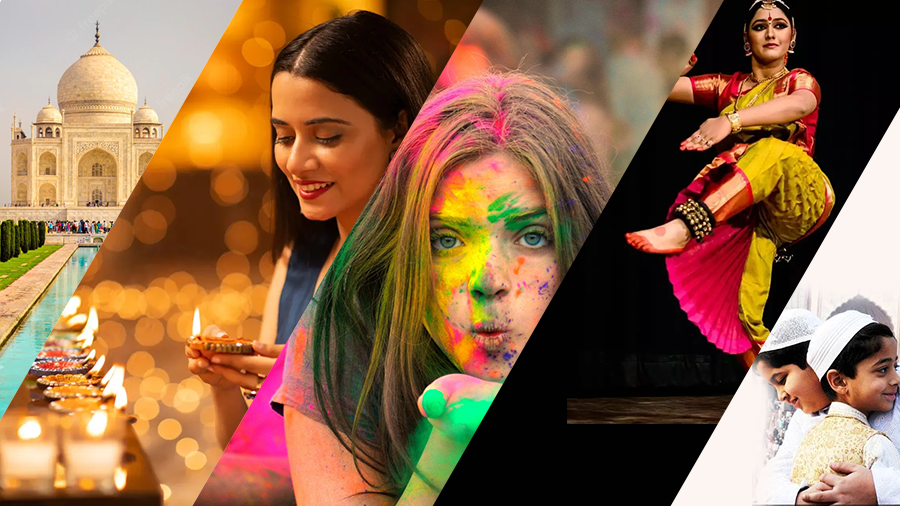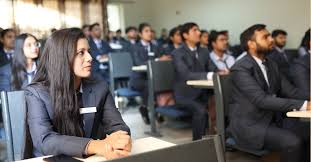The Concept of Freedom in UP: Are We Truly Free?
- admin
- November 27, 2025
- Discover, Philosophy
- 0 Comments
Examining the Reality of Liberty in India’s Most Populous State
Uttar Pradesh, the most populous state in India with over 240 million residents, holds a unique position in the country’s socio-political landscape. While freedom is a cornerstone of India’s democratic ideals, the lived experience of liberty in Uttar Pradesh is shaped by its complex interplay of culture, caste, religion, and governance. But how does this translate into real freedom—social, political, and economic—for its people? Are the citizens of UP truly free to express themselves, make choices, and live without constraints?
The Dimensions of Freedom in Uttar Pradesh
1. Political Freedom: A Mixed Reality
- Democratic Participation: Uttar Pradesh boasts one of the highest voter turnouts in India, with the 2022 assembly elections recording 60.5% participation, reflecting strong democratic engagement.
- Challenges: Despite active participation, political dissent often faces suppression.
- Example: Incidents of arrests and intimidation against activists under laws like the National Security Act (NSA) have raised concerns about shrinking space for political expression.
2. Social Freedom: Bound by Tradition
- Caste Constraints: While the Constitution guarantees equality, caste-based discrimination remains deeply entrenched.
- NCRB Data: Uttar Pradesh recorded over 13,000 caste-related crimes in 2022, the highest in the country.
- Impact: Dalits and marginalized communities often face restrictions in accessing public spaces and resources, questioning their social freedom.
- Gender Inequality: Women in Uttar Pradesh grapple with limited freedom due to patriarchal norms.
- Data Insight: According to NFHS-5, only 25% of women in UP make independent decisions regarding their healthcare.
- Positive Steps: Initiatives like Mission Shakti aim to empower women, but progress remains slow in rural areas.
3. Economic Freedom: Opportunity or Illusion?
- Employment Challenges: Despite industrial growth, unemployment in UP remains a concern. The Periodic Labour Force Survey (2021-22) reported an unemployment rate of 4.2%, with youth disproportionately affected.
- Caste and Gender Divide: Economic opportunities are often skewed in favor of dominant castes and men, limiting true economic freedom for marginalized groups.
Freedom of Expression: A Tightrope Walk
1. Press Freedom
- Uttar Pradesh ranks among states with high instances of attacks on journalists, according to Reporters Without Borders.
- Example: Journalists covering sensitive issues like corruption or communal violence often face legal or physical threats, undermining press freedom.
2. Freedom of Religion
- Communal tensions and policies such as anti-conversion laws have sparked debates about religious freedom.
- Controversy: Critics argue that these laws restrict individual rights to choose their faith, disproportionately targeting minority communities.
3. Digital Freedom
- Social Media Monitoring: Increased surveillance of online platforms raises questions about digital freedom.
- Example: Arrests for allegedly “offensive” social media posts highlight the fine line between monitoring and censorship.
Cultural Constraints on Freedom
Tradition vs. Individual Choice
- Family Dynamics: Traditional family structures often prioritize collective decisions over individual autonomy, especially in rural areas.
- Marriage Norms: Inter-caste and interfaith marriages are still stigmatized, with reports of honor-based violence in some cases.
- Generational Divide: Younger generations, particularly in urban centers like Lucknow and Noida, are increasingly challenging these norms, creating a cultural shift.
Government Efforts to Enhance Freedom
1. Legal Reforms
- The state has introduced measures to protect vulnerable groups, such as fast-track courts for crimes against women and Dalits.
2. Economic Empowerment Programs
- Initiatives like One District, One Product (ODOP) aim to boost local industries and create employment opportunities, promoting economic freedom.
- Impact: The state’s exports reached ₹1.56 lakh crore in 2022, reflecting growing economic activity.
3. Digital Inclusion
- Programs like Digi Shakti and Common Service Centers (CSCs) aim to democratize digital access, enabling rural populations to participate in the digital economy.
Philosophical Reflections on Freedom
1. Collective vs. Individual Freedom
- In many parts of Uttar Pradesh, the idea of freedom is collective, tied to family or community welfare, often at the cost of individual autonomy.
- Question: Can individual freedoms coexist with collective responsibilities in a deeply traditional society?
2. Freedom and Equality
- True freedom requires equal access to opportunities, resources, and rights—a goal that remains aspirational in UP’s stratified social structure.
3. Freedom vs. Security
- Policies aimed at maintaining law and order, such as increased surveillance, often restrict individual liberties.
- Ethical Debate: How can the state balance security with freedom without tipping into authoritarianism?
Steps Toward a Freer Uttar Pradesh
- Strengthen Rule of Law: Ensure timely justice delivery and robust protections for whistleblowers and activists.
- Promote Legal Literacy: Empower citizens with knowledge about their rights to challenge social and systemic constraints.
- Encourage Gender Equality: Expand programs like Mission Shakti with a focus on rural empowerment and decision-making autonomy for women.
- Foster Economic Inclusion: Bridge gaps in employment and entrepreneurship opportunities for marginalized groups through targeted initiatives.
Conclusion: The Journey Toward True Freedom
Freedom in Uttar Pradesh remains a multifaceted issue, marked by progress in some areas and persistent challenges in others. While government initiatives and cultural shifts signal change, deeply rooted inequalities and systemic constraints hinder the realization of true liberty for all.
The path to genuine freedom lies in fostering an environment where every individual—irrespective of caste, gender, or religion—can live, express, and thrive without fear or limitation.


